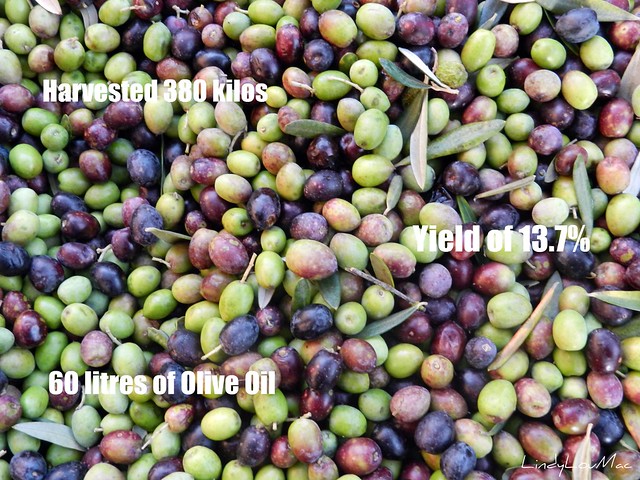Health and Happiness to you all for 2013
Italians are well known for their love of festivals and celebrations and New Year’s Eve is no exception. December 31st is known as La Festa di San Silvestro', the feast of St. Sylvester, a fourth-century pope. It is a time for a large meal traditionally with ones family, but also besides eating it is a time to party with family and friends. Lentils are traditionally eaten as part of the meal because they symbolize money and good fortune for the coming year, as the spiced sausage called Zampone to promise a good quality of life for the coming year. After the meal, people often gather in the local piazzas to await the coming of the New Year. At midnight, there are often fireworks displays and the celebrations last well into the night.
In Roma the festivities are centred around the Piazza del Popolo as can be seen in this video. Capodanno 2012 - Roma - Piazza del Popolo
Thankyou to all my wonderful blogging friends for your Christmas greetings and kind words of appreciation. May 2013 be a great Blogging Year for readers and writers alike. Please consider if you are interested in Travel, Photography and Books following my other blogs in 2013, as your encouragement helps me keep motivated to continue. LindyLouMac's Book Reviews, Travel Tales, LindyLouMac's World in Photos.



















